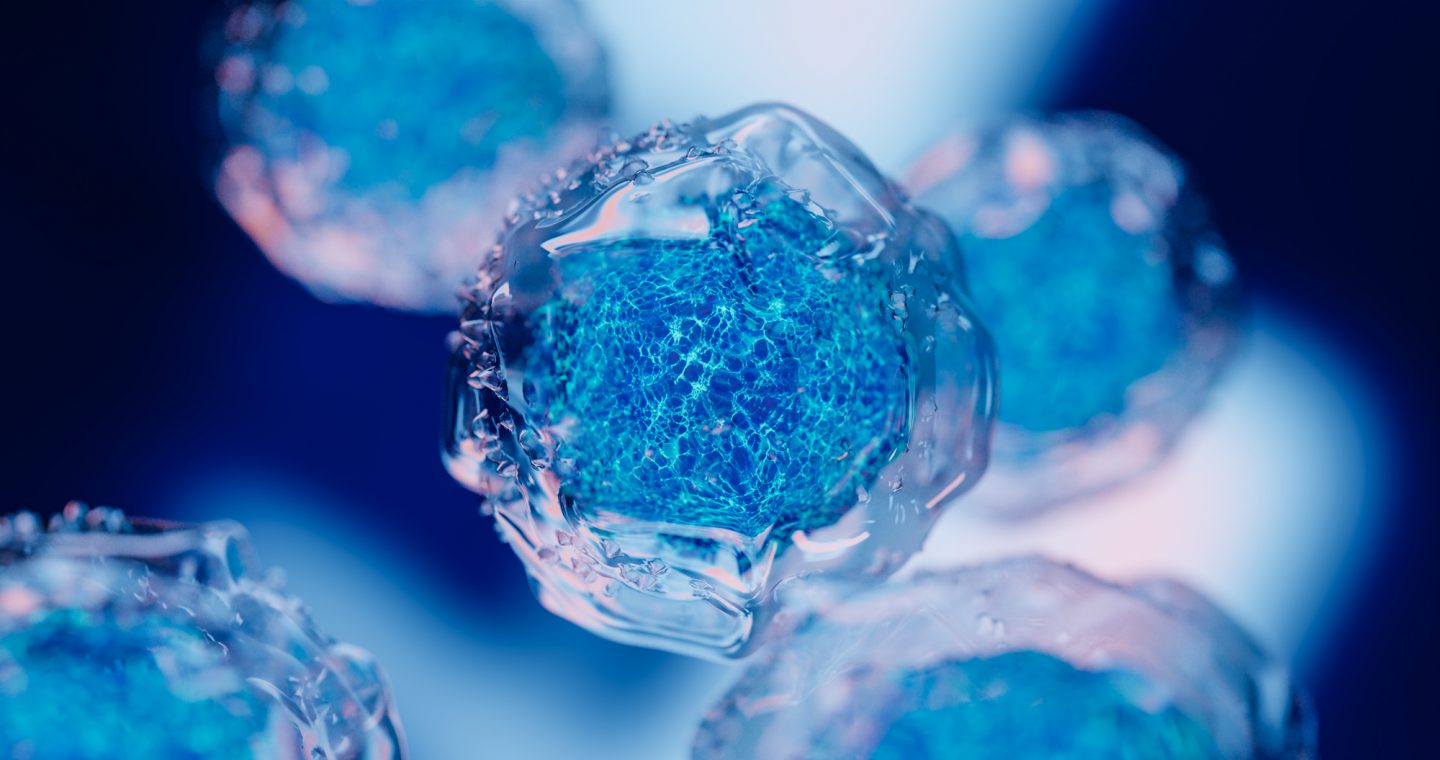Nitrosamines: Current Updates from EMA and FDA
Published 16th June 2023
Nitrosamines are chemical compounds classified as probable human carcinogens on the basis of animal studies. The terms “nitrosamine” and “N-nitrosamine” are commonly used to refer to the structure shown above.
Regulators first became aware of a systematic risk for formation of nitrosamines in medicines in mid-2018 when nitrosamine impurities, including N-nitrosodimethylamine (NDMA), were detected in blood pressure medicines known as ‘sartans’.
There is a very low risk that nitrosamine impurities at the levels found in medicines could cause cancer in humans. Marketing authorisation holders (MAHs)/Applicants of all human medicinal products are obliged to ensure that the presence of nitrosamines is controlled and kept as low as possible.
EMA
With a recent updates to its Q&A on nitrosamines (EMA/409815/2020 Rev 15 – 30 March 2023), an amendment of Q&A 22 (What is the approach to control presence of N-nitrosamine exceeding the AI during CAPA implementation?) has been made to indicate that no variation is required to be submitted to implement interim limits above the acceptable intake (AI) during CAPA implementation. The use of interim limits based on a less than lifetime (LTL) approach is a supportive measure to minimise supply disruptions, recognising that implementation of changes to mitigate the presence of identified N-nitrosamine(s) below the established acceptable intake (AI) may take some time. Marketing authorisation holders (MAHs) should still act without delay.
2022
On the 30th November 2022, the 4th meeting of the Nitrosamine Implementation Oversight Group (NIOG) and Pharmaceutical Industry was held and highlights were published on the EMA website:
- NIOG and industry stakeholders discussed the 2022 NIOG workplan developments on quality, safety and procedural aspects of the nitrosamine review. Ongoing discussions on a new approach for determining AIs for nitrosamines were mentioned.
- Industry challenges with regards to complete the call for review by ensuring also continuity of product supply and public health protection were acknowledged. Nevertheless, it was recognised that the policies currently adopted are expected to minimise any risk of shortages or impact to public health.
- The need to develop further scientific knowledge specifically on nitrosamines safety aspects was noted.
- NIOG supported further interactions with industry stakeholders, also through additional scientific meetings with the Quality Working Party and the Non-clinical Working Party experts once additional scientific developments are noted. More engagement with international stakeholders was supported in order to ensure global alignment.
2023
In 2023, the Nitrosamines Safety Operational Expert Group (NS OEG) has been established supporting the operational work of the Non-clinical Working Party (NcWP) related to the risk assessment of nitrosamines. It is established under the Committee for Medicinal Products for Human Use (CHMP) and the NcWP. The NS OEG’s tasks include:
- supporting the NcWP with answering queries about issues related to nitrosamine impurities;
- harmonising the establishment and assessment of the acceptable intake limit for nitrosamine impurities in the EU;
- liaising with international regulators to seek international harmonisation and facilitate regulatory convergence.
FDA
The FDA has also published guidance for industry with the ‘Control of Nitrosamine Impurities in Human Drugs’ originally published in September 2020 and revision 1 published in February 2021. In producing these guidelines, FDA collaborated with the European Medicines Agency (EMA), European Directorate for the Quality of Medicines and Healthcare (EDQM), Health Canada (HC), Therapeutic Goods Administration (TGA, Australia), Ministry of Health, Labour and Welfare/Pharmaceuticals and Medical Devices Agency (PMDA/MHLW, Japan), Health Sciences Authority, Singapore (HSA, Singapore), and Swissmedic (Switzerland).
The guidance highlights potential ways that nitrosamines can be formed and lists a number of chemical formulae of potential nitrosamines. Significant root causes are also explored.
API and drug product manufacturers are advised to take the following steps to mitigate nitrosamine impurities in their products:
1. Assess the risk of nitrosamine impurities in APIs, marketed products, and products under approved and pending applications. Risk assessments should be conducted in a timely manner based on the prioritization of drugs. Manufacturers do not need to submit risk assessment documents to the Agency, but they should retain these documents so that they are available if requested.
2. Conduct confirmatory testing when there is any risk for the presence of nitrosamine impurities. Due to nitrosamines’ physiochemical properties (low molecular weights, some volatility and high toxicity), the analytical methods for nitrosamines need to have specificity, excellent chromatographic separation, and highly sensitive detection capability.
3. Report changes implemented to prevent or reduce nitrosamine impurities in APIs and drug products to FDA. This includes submission of any drug master file (DMF) amendments in accordance with 21 CFR 314.420(c) and changes to approved applications as required under 21 CFR 314.70 and 314.97 and pending applications under 21 CFR 314.60 and 314.96.
Specific instructions to API manufacturers are made to both mitigate and if necessary, control nitrosamine impurities in APIs. Similar recommendations to control the nitrosamine impurities are also made to the drug product manufacturers.
Other Nitrosamines Resources
In the US, a general chapter <1469> to the USP has been produced on Nitrosamines.
A recent FDA presentation covers this topic in some depth and can be found online.
DLRC’s team of CMC and safety experts are able to advise on multiple agency regulations concerning nitrosamines, including navigating the EMA & FDA guidance. To find out how our award-winning team can support you contact our experts via hello@dlrcgroup.com or use the links below.
